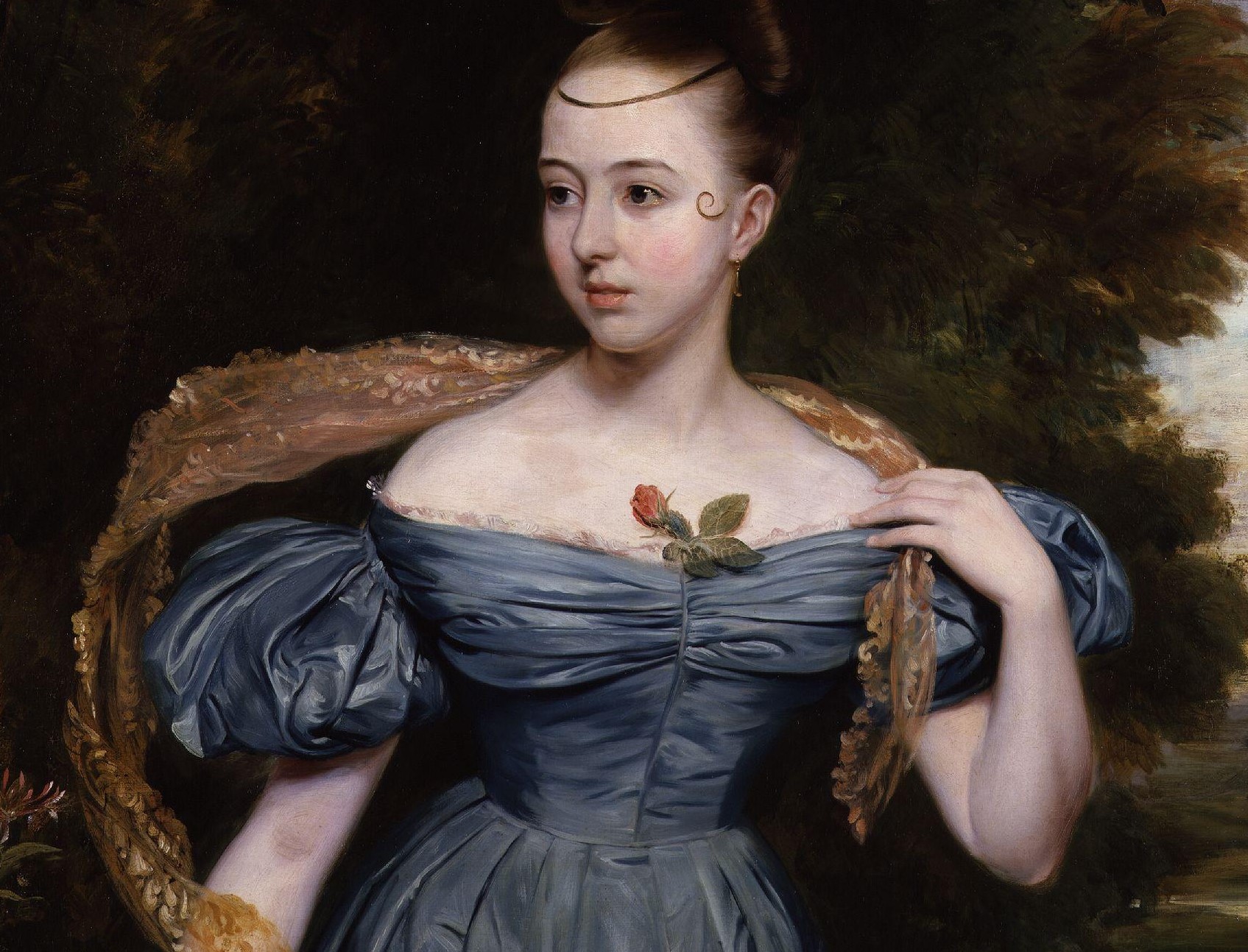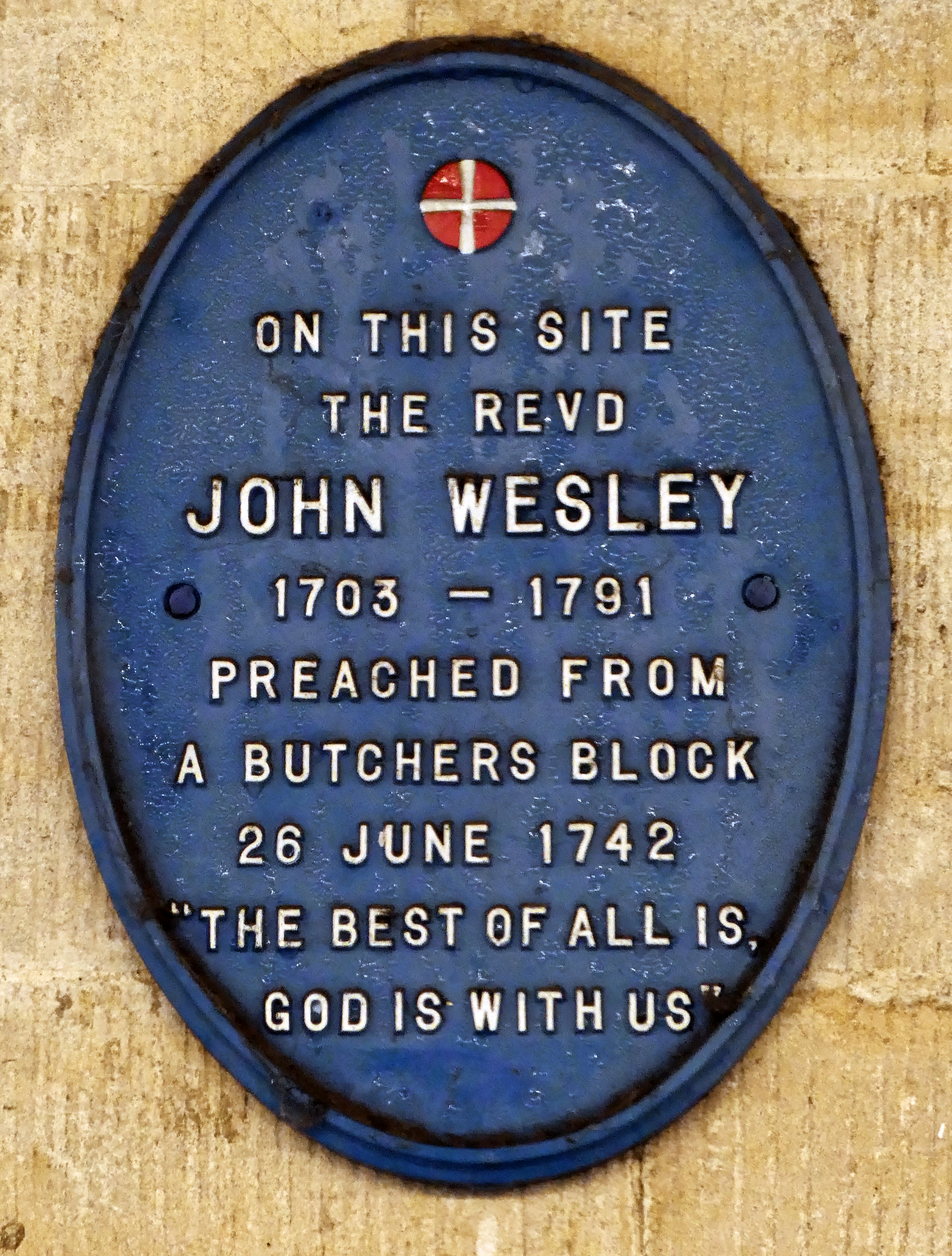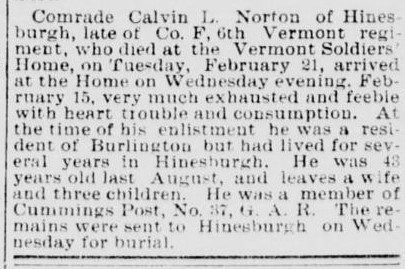People often named their children after ancestors, but sometimes they named them for people they admired who were no relation at all. Quite a few times I have assumed an ancestor must be descended from a person who bore their first and middle names, only to find that they were actually named for an unrelated “local hero” I was not yet familiar with. Often this turns out to be a respected minister, as was the case with my possible relative Conant Sawyer Norton (1846-1930), named for Vermont-born Baptist minister Conant Sawyer (1807-1890).
Some of the original name-holders below were nationally or internationally renowned in their time but are largely forgotten today, while a few remain household names but are not universally admired. Others were only well known within a particular geographical area, or within a religious or other subculture.
Many American boys have been named after Founding Fathers and Presidents, and if you find a post-Revolutionary Benjamin F. or George W. in your tree, the middle name often turns out to be what you would guess. I won’t count these as unusual, but I will count one “deep cut” Founding Father and one President.
Here are some of the less common namesakes I have seen in my research:
Catherine Livingston: Quite a few Hudson River Valley, New York girls were named after major area landowner Catherine Livingston, including my ancestor Catherine Livingston Hamlin (1807-1852). I am not sure which Catherine Livingston is meant, however, as there were several Catherines who were born into or who married into the very prominent Livingston family.
Clara Novello (1818-1908): London-born Clara Anastasia Novello became famous as a teen for her clear and beautiful soprano voice, which inspired Charles Lamb to write a poem in her honor. Quite a few music-loving British people named their daughters for her, including the parents of my relative Clara Novello Peace (1854-1925).

Painting of Clara Novello by Edward Petre Novello.
DeWitt Clinton (1769-1828): This remarkable man served as a U.S. senator, as mayor of New York City, and as Governor of New York, and was also an avid naturalist. He believed strongly in improving the country’s infrastructure and was the main impetus behind the Erie Canal. Popular in the Northeast, especially in New York State, I have found several boys named for him.

My ancestor Bernard Oblenis’s license to take in boarders, signed by Dewitt Clinton as mayor.
Elbridge Gerry (1744-1815): Many people know of Gerry only because the nefarious practice of gerrymandering was named for him, but I am not sure how much responsibility he bears for it. The Massachusetts legislature approved the famously questionable redistricting plan for Essex County during his second term as Governor, but it is said that he signed the legislation reluctantly.
As a Founding Father, he served in the Continental Congress, and signed the Declaration of Independence and the Articles of Confederation. As a congressman he helped draft the Bill of Rights. He served on a diplomatic delegation to France and died while Vice President under James Madison. Quite a few boys were named for him, including my relative, Massachusetts silversmith Elbridge Gerry West (1804-1845).

The original gerrymander, redistricting Essex County, Massachusetts.
Elmer Ellsworth (1837-1861): Elmer Ephraim Ellsworth became famous in the U.S. as a military drillmaster in the later 1850s. He was the first Union officer to die in the Civil War, so that his name became a rallying cry for the North. I have found a quite a few boys named for him, including my relative Elmer Ellsworth Degoosh (1859-1926).
James Knox Polk (1795-1849): Polk ran for President of the United States on a Manifest Destiny platform and was popular with Texans who favored annexation to the United States, including the parents of my husband’s relative, James Knox Polk Jameson (1845-1935). (This couple named their next child Buena Vista after the 1847 Mexican-American War battle.)
John Wesley (1703-1791): Many Methodist parents named sons for the founder of their denomination, including the parents of the notorious criminal John Wesley Hardin. Wesley was an Oxford classmate and friend of my relative Benjamin Ingham and my husband’s relative, California pioneer John Wesley Young (1832-1914) was named for him. (Young was a descendant of Francis Clark, considered to be the first Methodist preacher in Kentucky.)

Plaque in Stroud, Gloucestershire. Photo by Acabashi via Wikimedia Commons.
Lorenzo Dow (1777-1834): An extremely popular preacher who traveled throughout the United States and its territories, as well as in England and Ireland. Longhaired and often disheveled, his eloquent sermons attracted huge crowds and his autobiography was a bestseller. If you find a man in your tree named Lorenzo D., especially on the American frontier, his middle name is probably Dow.

Marquis de La Fayette (1757-1834): Quite a few American boys were named after this French nobleman and Revolutionary War hero. Some were called, say, Marquis de Lafayette Jones, but most often parents just used Lafayette or even Fayette, as with my relative Lafayette Norton (1871-1891).
Napoleon Bonaparte (1769-1821): I have no Napoleons in my tree, but I know people who are descended from a Napoleon Bonaparte Smith (1842-1934) of Russell County, Virginia. (This Napoleon named a son after Lorenzo Dow, which is how I first learned of him.)
Wade Hampton (c. 1752-1835): My husband’s relative by marriage, Baptist minister Wade Hampton Davis (1831-1890) was named for this extremely wealthy planter and slaveholder from South Carolina, admired by some for his military and political careers. He was an officer in both the Revolutionary War and the War of 1812 and served two terms in Congress. If you find a Wade H. in a family with roots in South Carolina, he may be named for this man, though his son and grandson of the same name were also prominent.
Walter Raleigh (1553-1618): Though John Lennon’s song “I’m So Tired” called him “such a stupid git” for popularizing tobacco, some people admire this imperialist explorer, pirate and politician. I have only one relative named for him: Walter Raleigh Robertson (1889-1951) of Iowa and California.
What rare or rare-ish namesakes have you found in your research?











